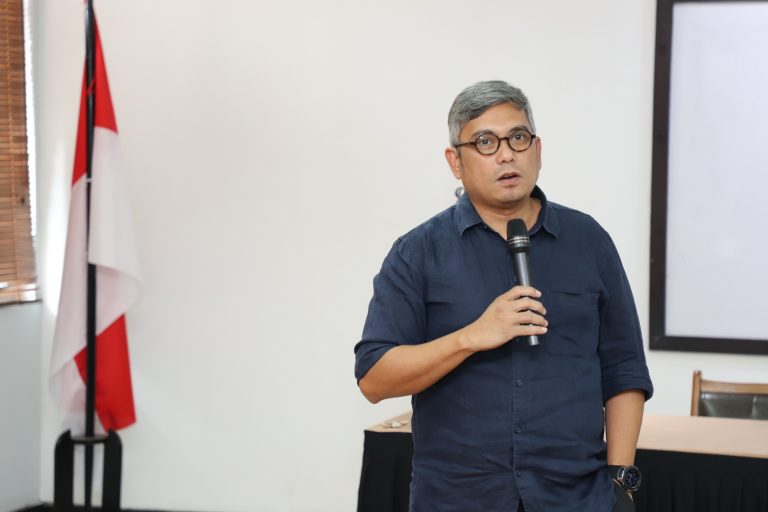Kiki Verico: Nurturing the Economic Transformation
by: Kiki Verico, Ph.D., Expert Staff of the Minister of Finance and Lecturer at FEB UI
DEPOK – Monday (12/10/2020) During the pandemic, all countries are trying to overcome the spread of the virus and to keep consumption in check, so that production can continue. For the medium-long term, we must maintain optimism, so that Indonesia is not only able to survive, but also transform into a developed country.
Since 2019, the Indonesian economy has been categorized as a middle-upper income country with an annual per capita income of US $ 4,136. The World Bank assigns a scale between US $ 4,046 and US $ 12,535 for this category.
When using the Rostow stages of growth (1959), Indonesia has entered the take off to maturity period. Data shows that many countries find it difficult to get out of this stage because, apart from having the longest income ranges, it is impossible without meaningful breakthroughs. This span trap is known as the “middle income trap”. Before the pandemic, to break out of this category and enter the classification of high-income countries in the 2030s required an average annual economic growth of 6.5 – 7 percent.
Experience is the best teacher. To get past this trap, we need to learn from the experiences of other countries that have managed to escape. No need to go far, we can see the experiences of ASEAN Plus SIX member countries. Japan and South Korea succeeded in becoming high-income countries by relying on the manufacturing sector, while Australia and New Zealand relied on the primary sector and services. Although with different mainstay sectors, what these four countries have in common are namely superior policy quality (ease of doing business) and human resources quality (human development index). Indonesia needs a breakthrough in both.
Given the large labor force, the right sector of the economy that is a game changer is manufacturing, because it functions as a labor-intensive sector. Manufacturing can also drive economic growth above 10 percent, as seen in the experiences of Japan in the 1960s, South Korea in the 1970-1980s, and China in the 2000s.
Currently, Indonesian manufacturing only absorbs 14 percent of the workforce, so it is not yet the most dominant sector compared to agriculture and trade, which absorb 29 percent and 19 percent respectively. Other data shows that our largest open unemployment rate is SMA/SMK graduates (45 percent) and the largest number of workers are junior high school graduates and below (59 percent). Indonesia needs an economic transformation in the formal manufacturing sector, so that SMA/ SMK graduates can work and minimum education needs increase, from SMP to at least SMA/SMK. Currently, the average length of schooling in Indonesia is still 8 years or under junior high school.
Economic transformation will encourage an increase in the proportion of manufacturing in gross domestic product (GDP), which since 2002 has fallen from 32 percent to 20 percent today. An increase in the proportion of manufacturing will also increase the status of formal workers because so far Indonesian workers have been dominated by non-formal workers (57 percent). An increase in manufacturing will encourage an increase in demand for input production and sales, so that the primary and service sectors can grow together. I find a pattern of positive relationships between the level of openness as a proxy for policy reform and Indonesia’s economic competitiveness in the 1987-1992 and 1998-2006 periods.
The combination of the Solow, Harrod-Domar, and Cobb-Douglas economic models shows that the sources of economic growth are investment, export and import, human resource productivity, infrastructure, level of technology mastery, and quality of policies. From the pattern of relationships and economic models, it can be seen that the key factors for economic transformation and a way out of the middle-income country trap are policy reform and human resources quality.
From a policy perspective, we face the problem of lengthy and complicated permit procedures and overlapping and sometimes conflicting regulations. A breakthrough in policy harmonization is necessary. In terms of the quality of human resources, in the midst of a pandemic, education and training activities can still proceed because they can be done with the help of technology. (hjtp)
Source: https://koran.tempo.co/read/opini/458725/merawat-transformasi-ekonomi?read=true

